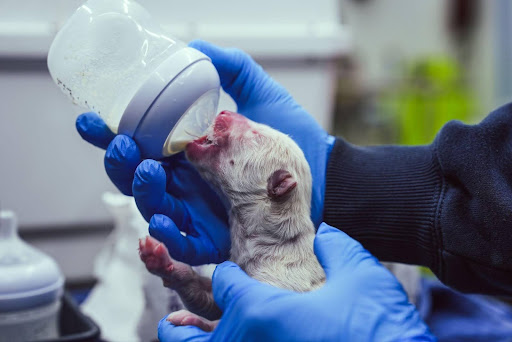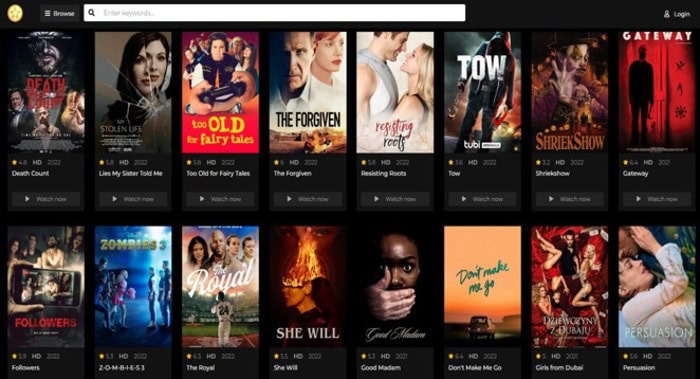
Until recently, when Pfizer and Moderna tapped the technology to produce mrna covid 19 vaccines, many people had never heard of mRNA vaccines. These vaccines are the first of the kind to be used significantly on a global scale. However, we would not be celebrating this great innovation were it not for the decades of research into the mRNA vaccine technology.
The technology behind mRNA vaccines is superior and thought to be more versatile than other methods of vaccine development. That means mRNA vaccines can be manufactured faster and more economically than other methods requiring yeast and bacteria to purify the spike protein of the virus.
What happens with an mRNA vaccine is that a scientist or researcher designs what the RNA will appear like, and then they use an advanced machine to produce that RNA easily.
For decades in the history of mRNA vaccines, scientists have been excited and frustrated by the promise of messenger RNA. The small molecules of genetic code necessary for instructing cells to build proteins which is a critical process of unleashing the immune system, have always been hard to tame. But that changed with the development of the mrna covid 19 vaccine by Pfizer and Moderna.
How do mRNA vaccines work?
As you may already know, scientists use different ways to make vaccines. One of the ways is to introduce the body to a biological equivalent of the wanted antigen so that if it ever shows up in the body, the immune system knows how to fight it best. In some vaccines, the antigen is an equivalent of a weakened pathogen such as the chickenpox shot or an inactivated pathogen such as the flu vaccines such that it cannot cause an infection. Others, such as the HPV vaccine, use the proteins the pathogen uses to infect cells to create the body’s immunity against it.
However, Myrna vaccines are different. mRNA vaccine technology utilizes the beauty of biology to create the vaccines. For instance, Pfizer and Moderna vaccines use messenger RNA to trigger the body’s immune system to develop protective antibodies without using some bits of the virus. The vaccine basically teaches the body cells how to remember the defining features of the coronavirus to trigger the formulation of antibodies that prevent infection.
Will mRNA technology go mainstream?
Around two decades ago, two scientists known as Katalin Kariko and Drew Weissman helped eliminate the stumbling blocks for the utilization of mRNA technology. One is the fragile nature of the molecule that limited its use, and the second barrier is an inflammatory effect that made test subjects (animals) ill.
That brought advancements into the mRNA vaccine technology, and today the corona vaccines from Pfizer and Moderna are two of their first kind to receive global recognition. So the mRNA technology has reached international prominence in the middle of the covid 19 pandemic. Unlike traditional vaccines, mRNA is easy to manufacture, which means it is most likely to be the future of vaccines.
Final thoughts
Pfizer and Moderna vaccines for corona are estimated to have at least 50% efficacy which is good news and a huge milestone in the history of mRNA vaccines. However, more research is underway for these vaccines.


